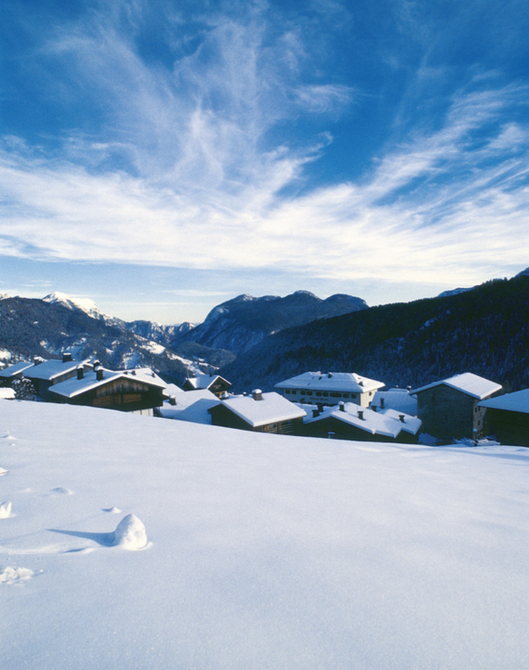
D by La Repubblica
Alberghi diffusi are true gems created in communities where you can breathe in the history. A model of responsible tourism, they include dozens of structures all over the country, many brought together in the Alberghi Diffusi Association (alberghidiffusi.it), creating an accommodation that is halfway between a home and a hotel.

D by La Repubblica
Advertisement
FRIULI, BORGO SOANDRI
With just over a thousand inhabitants, Sutrio is one of the most characteristic villages in Carnia, the mountain area in the northwest of the Friuli Venezia Giulia region. Its beautifully restored historic center is home to an albergo diffuso, with 18th-century houses renovated and tastefully decorated in typical mountain style (albergodiffuso.org).
The village is famous for woodworking, a craft that its inhabitants have practiced for centuries. Even today you can buy carved furniture with traditional decorations, statues and bas-reliefs. In winter it becomes the ideal base from which to explore the valley, with the ski slopes and the cross- country circuits that lead up to the green waters of Lake Sauris.
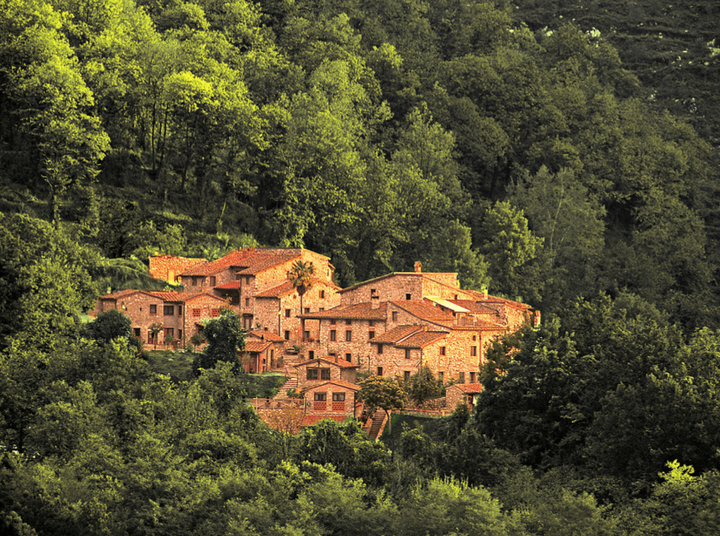
D by La Repubblica
Advertisement
TUSCANY, BORGO GIUSTO
The best soundtrack to play on your iPod while walking around this area is music by Giacomo Puccini. Tosca, Madame Butterfly and La Bohème were perhaps influenced by these landscapes, where the author spent his holidays surrounded by the woods of the Garfagnana area. You can walk to villages like as Gello, Piegaio, Pescaglia and Borgo a Mozzano, where you find Borgo Giusto (borgogiusto. com). This 17th-century village has been turned into elegant country houses, a restaurant and spa area, where you can relax after hiking. The best paths lead down the Wine and Oil trail (stradavinoeoliolucca.it), or to Lucca with its perfectly preserved walls that have just celebrated their 500th anniversary.
The best soundtrack to play on your iPod while walking around this area is music by Giacomo Puccini. Tosca, Madame Butterfly and La Bohème were perhaps influenced by these landscapes, where the author spent his holidays surrounded by the woods of the Garfagnana area. You can walk to villages like as Gello, Piegaio, Pescaglia and Borgo a Mozzano, where you find Borgo Giusto (borgogiusto. com). This 17th-century village has been turned into elegant country houses, a restaurant and spa area, where you can relax after hiking. The best paths lead down the Wine and Oil trail (stradavinoeoliolucca.it), or to Lucca with its perfectly preserved walls that have just celebrated their 500th anniversary.
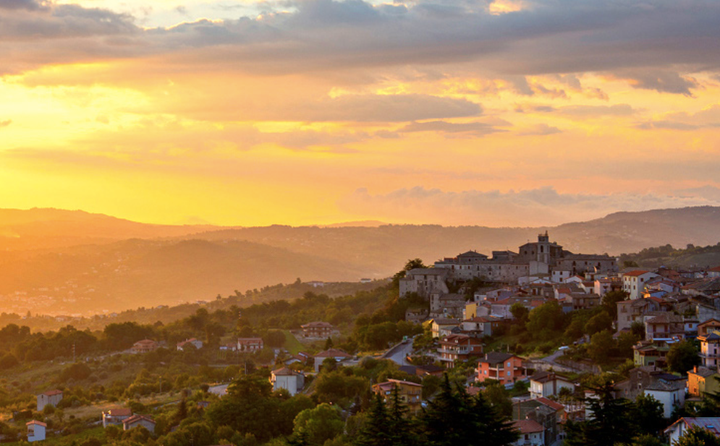
D by La Repubblica
Advertisement
CAMPANIA, CASTELVETERE
The warm hospitality of the people of the South is the first welcome to the medieval village of Castelvetere, a green strip of land in the heart of the Monet Picentini Regional Park (borgodicastelvetere.it).
It consists of 17 rooms, all different, scattered among small squares and alleyways. From the ancient stone belvedere you can admire the view: rivers, waterfalls, the peaks of Pizzo San Michele, as well as churches and abbeys where the cult of the Madonna is still very much alive, with many feasts and processions. Here folklore and tradition combine. Here you find Montecalvo Irpino bread or Calitri, the so-called wagon wheels, which can weigh as much as twelve pounds, as well as cold cuts and fragrant wine that goes so well with the ravioli stuffed with ricotta and salt cod, one of the specialties of the restaurant in the albergo diffuso Borgo di Castelvetere.

D by La Repubblica
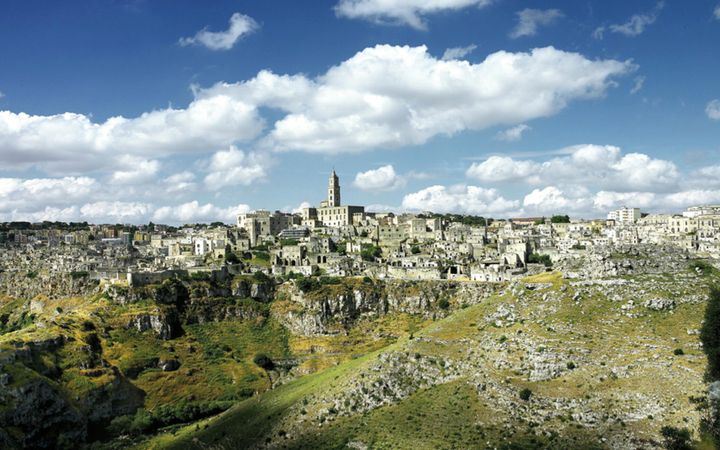
D by La Repubblica
BASILICATA: GROTTE DELLA CIVITA
Seen from a distance, Matera exudes a magnetic appeal that has earned it a nomination to become European Capital of Culture in 2019. Its historic heart, that of the Sassi, was declared a World Heritage Site in 1993. A series of caves, houses and churches inside ancient tuff rock, where a roof serves as a path or the floor of other houses. The Grotte della Civita has been turned into an albergo diffuso in the Sasso Barisano, one of the ancient districts of the historic center (sextantio.it). You sleep under immense vaulted ceilings in rooms furnished with the works of local craftsmen.
From Matera, you can cycle to the 12th-century Benedictine abbey of St. Michael, which contains beautiful frescoes. If you are fit enough, you can even tackle the calanchi, the typical shale spurs, as far as Aliano, where Carlo Levi, the author of the famous book Christ Stopped at Eboli, was sent to live in exile.
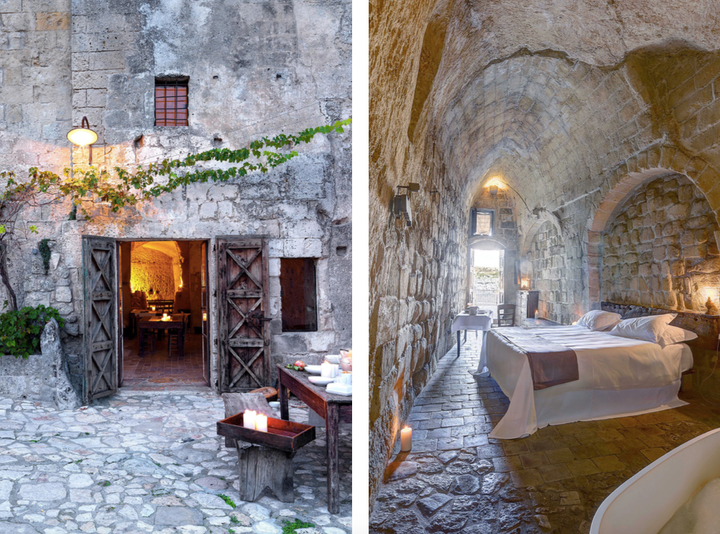
D by La Repubblica
